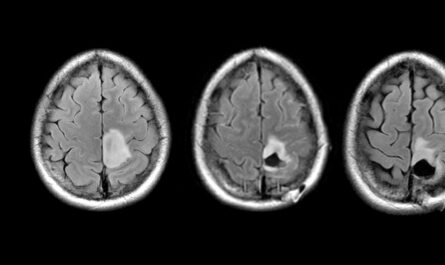A recent study presented at the ANESTHESIOLOGY® 2023 annual meeting revealed that patients who underwent common procedures outside the operating room (OR) had a higher likelihood of being discharged home rather than being sent to a long-term care facility if their sedation was administered or directed by an anesthesiologist. The study, which was the first of its kind, compared the hospital discharge outcomes of patients who received anesthesiologist-led sedation to those who received sedation from physicians who were not trained anesthesiologists.
Common procedures such as catheter placements in veins, angiograms, and image-guided biopsies are often conducted in the interventional radiology (IR) suite, with sedation being administered to alleviate anxiety, control pain, and occasionally induce sleep. These procedures have a higher risk for complications due to the patients’ health issues or the complexity of the procedures themselves. Approximately 10% of hospital admissions require IR procedures.
The study included 9,682 patients who received sedation in the IR suite. Out of this group, 1,639 (16.93%) were discharged to long-term care facilities due to complications related to their disease. However, when anesthesiologists administered or directed sedation, the percentage of patients discharged to long-term care facilities decreased significantly. Of the patients not discharged home, 1,429 (87%) had sedation administered or directed by a non-anesthesiologist physician, often with the assistance of a nurse, while 210 (13%) had sedation administered or directed by an anesthesiologist.
According to Dr. Eikermann, anesthesiologists not only provide sedation but also offer life support for patients throughout the entire procedure. This crucial difference in outcomes stems from anesthesiologists’ training in early identification of complications and the immediate treatment of such complications. Physicians who are not anesthesiologists lack this specific training.
Interestingly, anesthesiologists tended to administer or direct sedation for higher-risk patients, including those with more health issues or those undergoing invasive procedures. Despite the elevated risk, patients who received anesthesiologist-led sedation were nearly 70% more likely to be discharged home compared to those whose sedation was administered or directed by non-anesthesiologists.
Dr. Vilma Joseph, co-author of the study and director of procedural sedation at Montefiore Medical Center, highlighted the growing trend of high-risk patients undergoing procedures outside the OR. The presence of anesthesiologists as part of the anesthesia care team has been associated with improved outcomes.
This research emphasizes the importance of patients being aware that they can request an anesthesiologist if they have concerns regarding excessive pain, anxiety, or their safety during diagnostic procedures. The findings also suggest the need to reconsider anesthesia assignments to ensure anesthesiologists provide sedation for high-risk patients due to their health conditions or the complexity of their procedures. By doing so, hospitals can prioritize patient safety and enhance discharge outcomes in these scenarios.
*Note:
1. Source: Coherent Market Insights, Public sources, Desk research
2. We have leveraged AI tools to mine information and compile it



